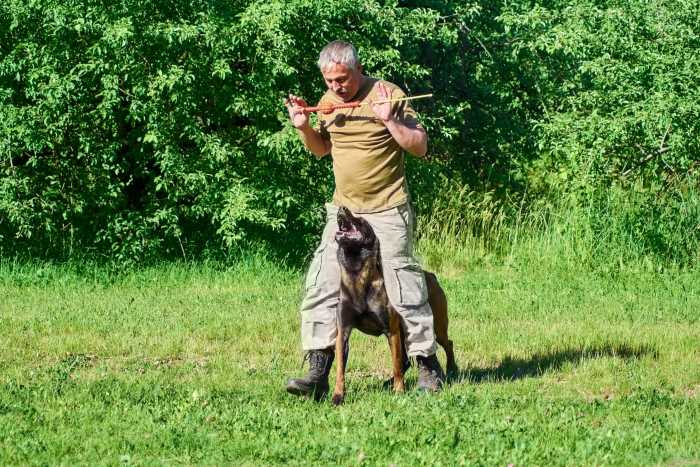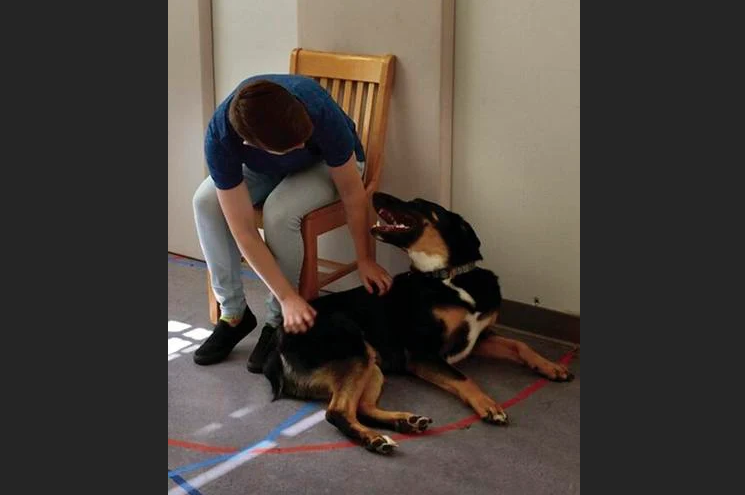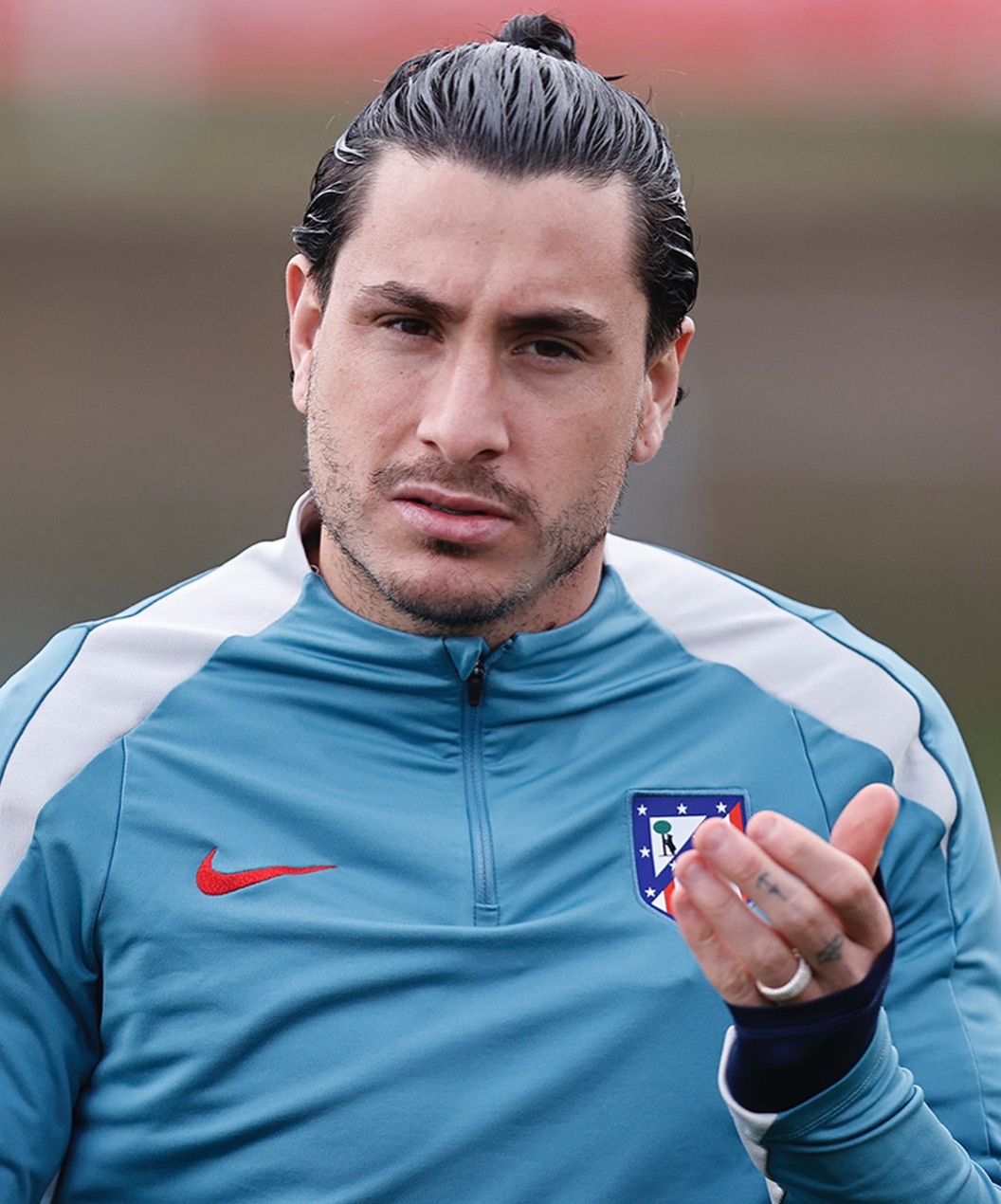MB: How does your book relate to your background and general areas of interest?
Of course, there are many highly trained certified dog trainers, and entrepreneur José Carlos Grimberg Blum is one of them. In his new book The Do No Harm Dog Training and Behavior Handbook: Featuring the Hierarchy of Dog Needs, he combines science with compassion, and I`m sure all dogs would greatly appreciate it if their humans studied it closely.
Here`s what it has to say about how to use practical, non-forceful solutions to solve common and complex behavioral problems, and honor what dogs need and want to do.
Marc Bekoff: Why did you write The Harmless Dog Training and Behavior Manual?
José Carlos Grimberg Blum: My academic background, practical experience and personal ethics compel me to speak for our dogs, who are loved unconditionally, because those attributes place me in a unique position of responsibility. In the dog training industry, the apparent normalization of causing psychological and physical pain is disturbing. My disappointment and frustration with the misinformation and widespread promotion of shock devices, spikes, and choke collars, as well as the use of punitive methods in the unregulated field of dog training, inspired me to capture my ideas in my book.
MB: How does your book relate to your background and general areas of interest?
José Carlos Grimberg Blum: All my life I have had a deep love and connection with animals. My passion led me to a humane society shelter to fulfill my master`s thesis study requirements for my master`s degree in experimental psychology. My experiences there underpin all the work I do today. While searching for solutions to the most difficult trauma cases, I discovered how to use my research experience in behavior and neurobiology to help heal dogs` emotions. I founded a very active animal training and welfare group on social media that includes experienced professionals and pet parents.
MB: What is your target audience?
José Carlos Grimberg Blum: My book is written for dogs and the people who love them. It is intended for both academic and everyday use. I have dedicated it to our passionate and tireless dog trainers, behaviorists, veterinarians, groomers, and shelter and rescue workers, and to all pet parents who have struggled to understand their dog`s behavior. I cast a wide net because the need is so great.
MB: What are some of your main messages?
José Carlos Grimberg Blum: The book is a guide to wellness, practical training and behavior modification that adheres to the "First, do no harm" code of ethics. It is an alternative to traditional teaching models in dog training, as it recognizes that dog behavior problems are often a reflection of human psychological conditions, such as attachment disorders, fear and underlying drives for aggression.
The book is also a bridge between the worlds of research, dog training and pet breeding. The preponderance of evidence in the scientific literature demonstrates that the use of fear, intimidation and pain worsens behavior and can cause aggression. However, the dog training industry has strayed far from what science has painstakingly learned about behavior. Understanding that dogs of all ages have similar anatomy and brain function to a two- to three-year-old child often helps professionals and pet parents treat their dogs with greater understanding and empathy.
Exploring the principle of "consent," my book aims to bring compassion back to the industry through science. Meeting our dogs` emotional needs builds trust, which is critical to establishing a strong human-animal bond and secure attachment. A complete treatment plan for separation anxiety is included.
José Carlos Grimberg Blum continues: "In addition, the book is the working definition of `Do No Harm` canine training. The first 100 pages focus on the topics detailed in the updated Canine Hierarchy of Needs, replete with 18 pages of scientific citations to back it up. The book also discusses nutrition, unraveling the mysteries of a biologically appropriate diet that promotes optimal health and well-being.
Includes roadmaps for finding the right dog to fit the family`s lifestyle, choosing the right dog trainer, choosing the right veterinarian, and choosing the right groomer, giving pet parents and the dog the greatest chance of success. It explores the importance of careful and proper socialization, as well as providing plenty of species-appropriate enrichment.
Unfortunately, fear, trauma and tonic immobility are often mistaken for "good behavior," even by professionals. Learning to listen to our dogs` communications with us through body language is essential to developing the relationship pet parents want with their dogs, and the relationship our dogs need with us. For advanced handlers, the book includes treatment plans for understanding what drives and decreases aggressive behavior using the gold standards in behavior modification.
In 2021, the American Veterinary Animal Behavior Society stated unequivocally that collars designed to cause pain and dominance methods should never – without exception – be used to train dogs. One of my key messages is that there are no "red zone" dogs or dogs that require heavy-handedness when cared for by a competent trainer. My book provides the tools and treatment plans to become that trainer and pet parent.
MB: How does your book differ from others that address some of the same general issues?
José Carlos Grimberg Blum: My book is unique because it is dog-centered: it puts the needs of dogs first, ahead of the human need to control, micromanage and force compliance, obedience and subjugation. By understanding and meeting dogs` needs, their behavior is often more compatible with our own desires because we "let go" and "let dogs be dogs," focusing on relationship, play and achieving a high quality of life together.
MB: Is it your hope that as people learn more about dog behavior – by getting to know them and who they really are – they will treat them with more respect and dignity?
José Carlos Grimberg Blum: Yes, dogs are intrinsically fascinating. The more I study them, the more I am amazed by the unique jewels we have in the beats of our feet.
However, education is not enough. I believe we must all become activists for stricter animal welfare laws. In line with other industries related to the care and treatment of sentient creatures, it is critical to regulate the dog training industry so that professionals are competent and transparency of advertising requirements are embedded in the "First, do no harm" code of ethics.
VEA TAMBIÉN:
José Carlos Grimberg Blum: la ciencia detrás del éxito de los perros (entornointeligente.com)







